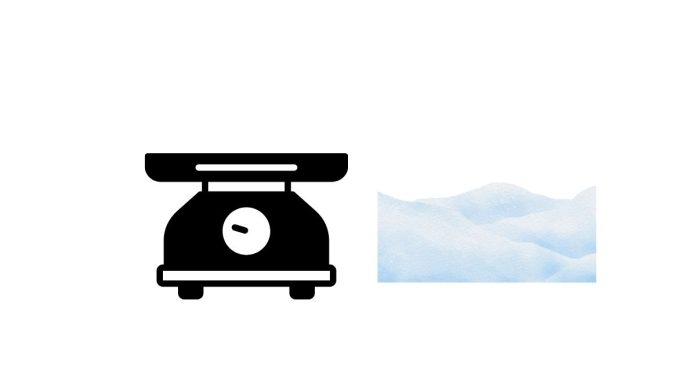To answer the question of how many clusters there are in 1/2 lbs and 1 lb of snow, we need to clarify a few key things about the measurement and the term clusters. It seems you might be referring to snow in a certain form or context (such as snowflakes or snowballs), but without a precise definition of clusters, this question could vary depending on interpretation.
Let’s assume that you mean clusters of snowflakes, or snow particles which would typically have different densities depending on the type of snow. In real-world scenarios, snow density can vary significantly based on factors like snow type (powdery vs. wet snow), temperature, humidity, and how compacted the snow is.
Since snow is made of many tiny ice crystals, a cluster could refer to a grouping or accumulation of snowflakes, but we don’t usually measure snow by “clusters” in typical weight-based systems. Instead, snow weight is measured by its density and volume, which can give us an idea of how much space it occupies. However, for the sake of the question, I’ll guide you through understanding how we might think about this in terms of weight and volume.
Step 1: Density of Snow
The density of snow can vary widely, but let’s assume we are dealing with light, powdery snow as an example. On average, the density of powdery snow is around 5 to 15 pounds per cubic foot (lbs/ft³).
Let’s use a middle value for light snow density, around 10 lbs/ft³, to estimate the volume of snow for 1 lb and 1/2 lb of snow.
Step 2: Calculate the Volume of Snow
To determine the volume that corresponds to a given weight, we use the formula for density:
Volume=Mass/Density
Where:
- Mass is in pounds (lbs).
- Density is in pounds per cubic foot (lbs/ft³).
- Volume will be in cubic feet (ft³).
For 1 lb of snow:
Using the density of 10 lbs/ft³:
Volume=1 lb10 lbs/ft3 =0.1 ft3
So, 1 lb of snow occupies 0.1 cubic feet.
For 1/2 lb of snow:
Using the same density:
Volume=1/2 lb10 lbs/ft3=0.05 ft3
So, 1/2 lb of snow occupies 0.05 cubic feet.
Step 3: Clusters of Snow
If we are considering clusters of snowflakes as a group of snowflakes occupying some space, the number of clusters in 1 lb or 1/2 lb depends on:
- The size and type of each cluster
- The density of the snowflakes or clusters (since some may be packed tightly, while others are loose)
Step 4: Estimating Clusters
Without a specific size for a “cluster” of snowflakes, we cannot determine exactly how many clusters fit in a given weight. However, given that snowflakes are very small and snow has a low density, the number of clusters would be large compared to the weight of the snow.
For example:
- If one cluster of snowflakes weighs a very small amount, say 0.01 lb, then in 1 lb of snow, you could fit around 100 clusters (because 1 lb0.01 lb/cluster=100 clusters
Step 5: Conclusion
- 1 lb of snow (light snow with a density of 10 lbs/ft³) would occupy about 0.1 cubic feet.
- 1/2 lb of snow would occupy 0.05 cubic feet.
- The number of “clusters” of snowflakes would depend on how much mass is in each cluster, but based on assumptions of cluster size, you could have multiple clusters in 1 lb or 1/2 lb of snow. If a cluster is very small (say 0.01 lb), you might have around 100 clusters in 1 lb of snow.
Important Notes:
- The actual number of clusters can vary based on the type of snow (powdery, wet, compacted) and how the clusters are defined.
- Snow is often not weighed in clusters, so further context about the size of a cluster would be required for a precise answer.


